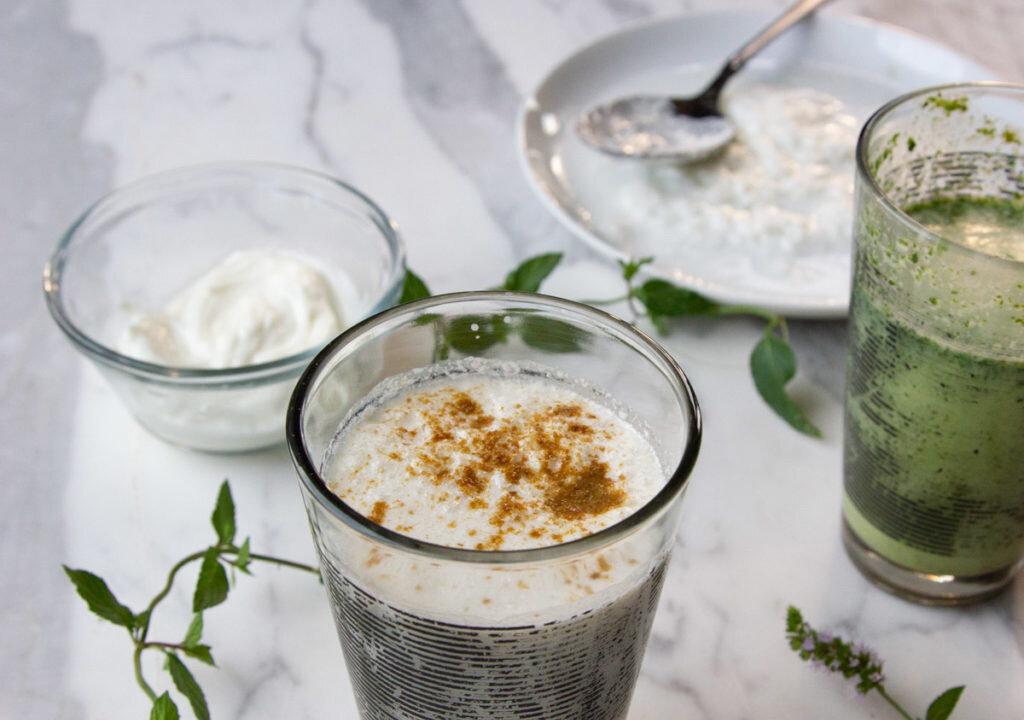Buttermilk, known as takra in Sanskrit, holds a very special place in the ancient system of healthy living from India, known as Ayurveda.
It was written in one of the ancient Ayurvedic texts:

Buttermilk, known as takra in Sanskrit, holds a very special place in the ancient system of healthy living from India, known as Ayurveda.
It was written in one of the ancient Ayurvedic texts: